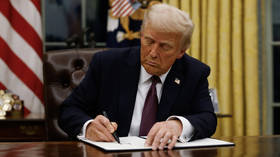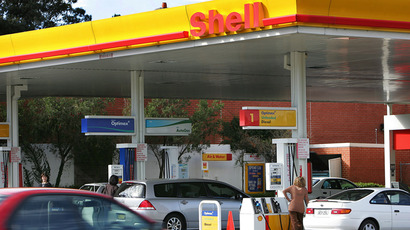Australia 'puts the gas down' to end 40-year deficit – Morgan Stanley

Morgan Stanley says Australia will become the world’s biggest liquefied natural gas (LNG) exporter by 2017. This will help the country end 40 years of current account deficits.
“Liquefied natural gas (LNG) exports from Australia could be the next big thing,” The Telegraph cites the report as saying.
According to the research, the county is expected to experience a “huge ramp-up” in LNG output, pushing Australia to top of the list of LNG exporters, leaving Qatar behind by 2017. That pace of development, coupled with coal exports, will make the country a major force in global energy production.
“The ramp-up would be enough to see Australia record a current account surplus in 2015, the first since the second quarter of 1975. It is difficult to overestimate the long-term structural importance of this industry to Australia,” said the bank’s East Asia expert Geoffrey Kendrick.
Australia faces a current account deficit of about 5 percent of gross domestic product; LNG development will see a remarkable shift in the national economy.
Currently Australia accounts for two-thirds of the total global LNG trade increase. While the so-called "shale revolution" has seen a boom in US gas production, Australia still needs 5 to 10 years to establish infrastructure and export terminals. That gives it an advantage to strengthen its positions on the global energy market.
One of the most lucrative of Australia’s potential customers is Japan. After the Fukushima disaster, the country was forced to rely on more traditional energy sources such as gas. The price there is about $19 per British thermal unit (BTU), which is more than 4 times more expensive than in the US, where gas costs $4.3 per unit.
According to Morgan Stanley estimates, Australian share of gas exports will go from 20 percent to 22 percent by 2016.














